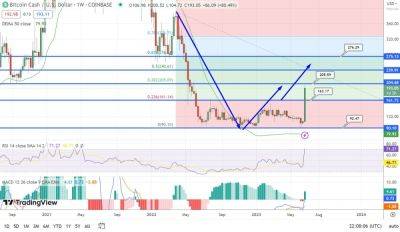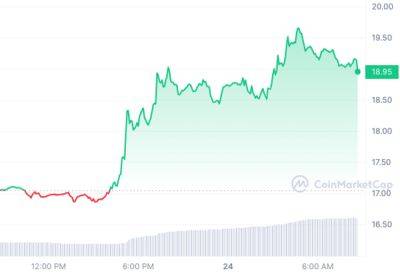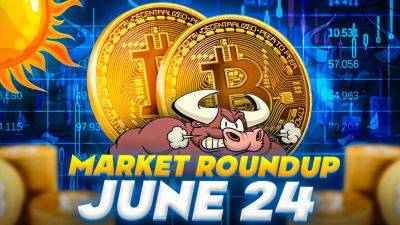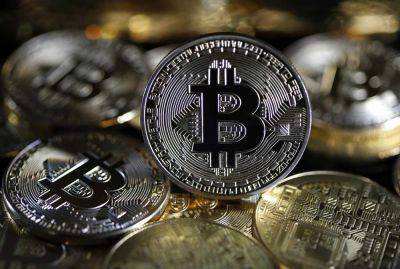Bitcoin Price Prediction as US Inflation Rate Data is Announced – Is the Bear Market Over?
The latest data on the US inflation rate indicates that consumer prices increased by 4% from a year earlier, marking a decrease from April's 4.9% and a significant drop from last June's 40-year high of 9.1%.
The Labor Department's consumer price index reveals that this is the smallest yearly increase since March 2021.
Additionally, on a monthly basis, prices saw a modest rise of 0.1% compared to April's 0.4% increase.
These developments have prompted speculation about the potential impact on the Bitcoin market, with some questioning if this could signal the end of the bear market.
Bitcoin is currently trading at $25,827, showing a nearly 1% increase on Tuesday. Although it witnessed a rise during Tuesday's morning trade in Asia, it failed to break through the strong resistance level at $26,000.
From a technical perspective, Bitcoin is facing formidable resistance around the $26,180 mark, while finding support near the $25,400 level.
In the four-hour timeframe, the $25,400 level plays a critical role as a triple bottom support, helping to maintain stability in Bitcoin's price.
The market is currently in a consolidation phase, with Bitcoin trading within a range of $26,180 as the upper limit and $25,400 as the lower limit.
The next significant move for Bitcoin will depend on a breakout from this range.
Additionally, the 50-day Exponential Moving Average (EMA) acts as a resistance level around $25,900. Bitcoin's price is fluctuating around this level, indicating a potential struggle between buyers and sellers.
It is worth noting that a descending triangle pattern has formed, characterized by lower lows and lower highs, signaling a bearish sentiment among investors.
If the crucial support level at $25,400 is breached, it could
Read more on cryptonews.com





















